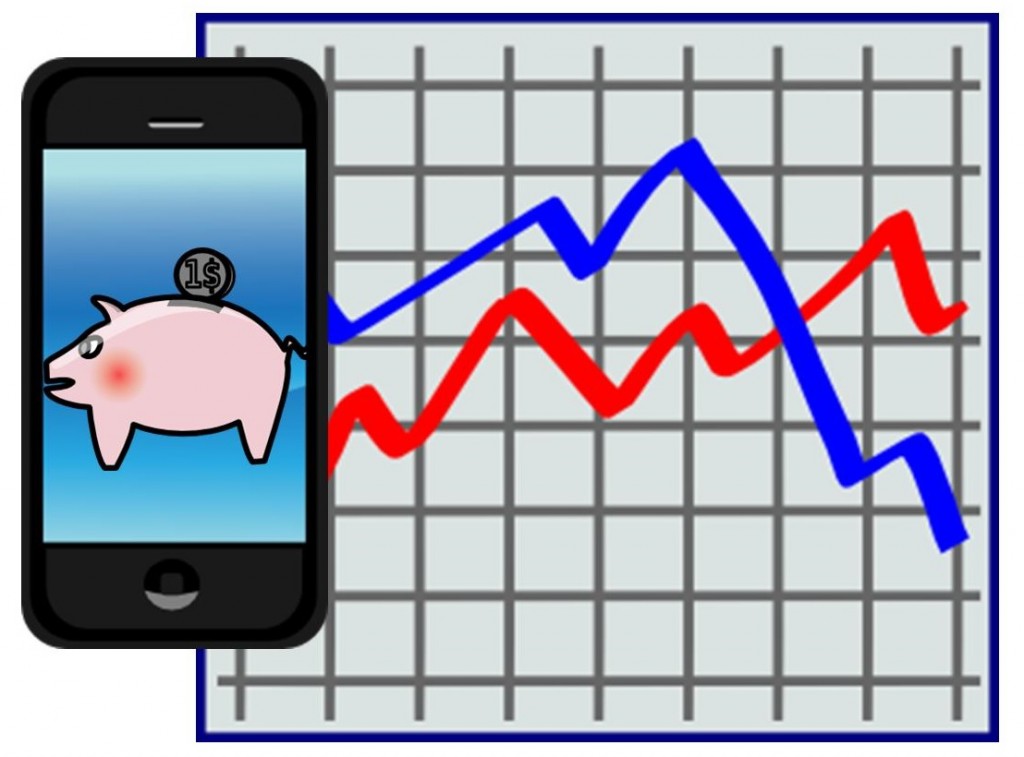eMarketer has reduced its forecasts for the use and value of these transactions this year and onward.
Even as the mobile payments industry continues to insist that it is on the cusp of a massive explosion in use, eMarketer has slashed its growth estimates in half for the remainder of the year.
In October 2012, the firm had predicted that the market would reach the $2.12 billion mark this year.
However, in their latest report, which was only just released, it has reduced that figure to $1 billion, instead. Between 2011 and 2012, mobile payments had experienced a tripling in its transactions. However, eMarketers’ initial growth estimates have now been scaled back considerably as it witnesses an ever larger number of issues in the way of the adoption of these transactions.
Mobile payments struggles continue in the form of adoption problems, delays and a “congested landscape”.
 One of the primary factors contributing to the slow adoption of mobile payments is the companies within that industry. There are a tremendous number of players, each of which have their own competing technologies. This lack of a standard or a universal format is causing both consumers and businesses to feel confused about the industry as a whole and is leading them to hesitate before even considering adopting its use.
One of the primary factors contributing to the slow adoption of mobile payments is the companies within that industry. There are a tremendous number of players, each of which have their own competing technologies. This lack of a standard or a universal format is causing both consumers and businesses to feel confused about the industry as a whole and is leading them to hesitate before even considering adopting its use.
eMarketer now feels that it will take until 2016 for mobile payments transactions to reach the $20 billion level. This is a full year longer than their previous forecast. At that rate, however, it could still mean that by the end of 2017, it may be able to reach $58 billion, which is certainly nothing to laugh at.
It should be noted that while adoption isn’t exploding as many predictions had thought, mobile payments remains and extremely hot space at the moment. The chance to redefine the way that people pay for the products and services that they purchase is a tremendous opportunity for startups, big tech companies, and large financial institutions alike. It is the first time that this kind of opportunity has opened up since debit cards joined credit cards as being highly popular forms of plastic transaction at a point of sale.

